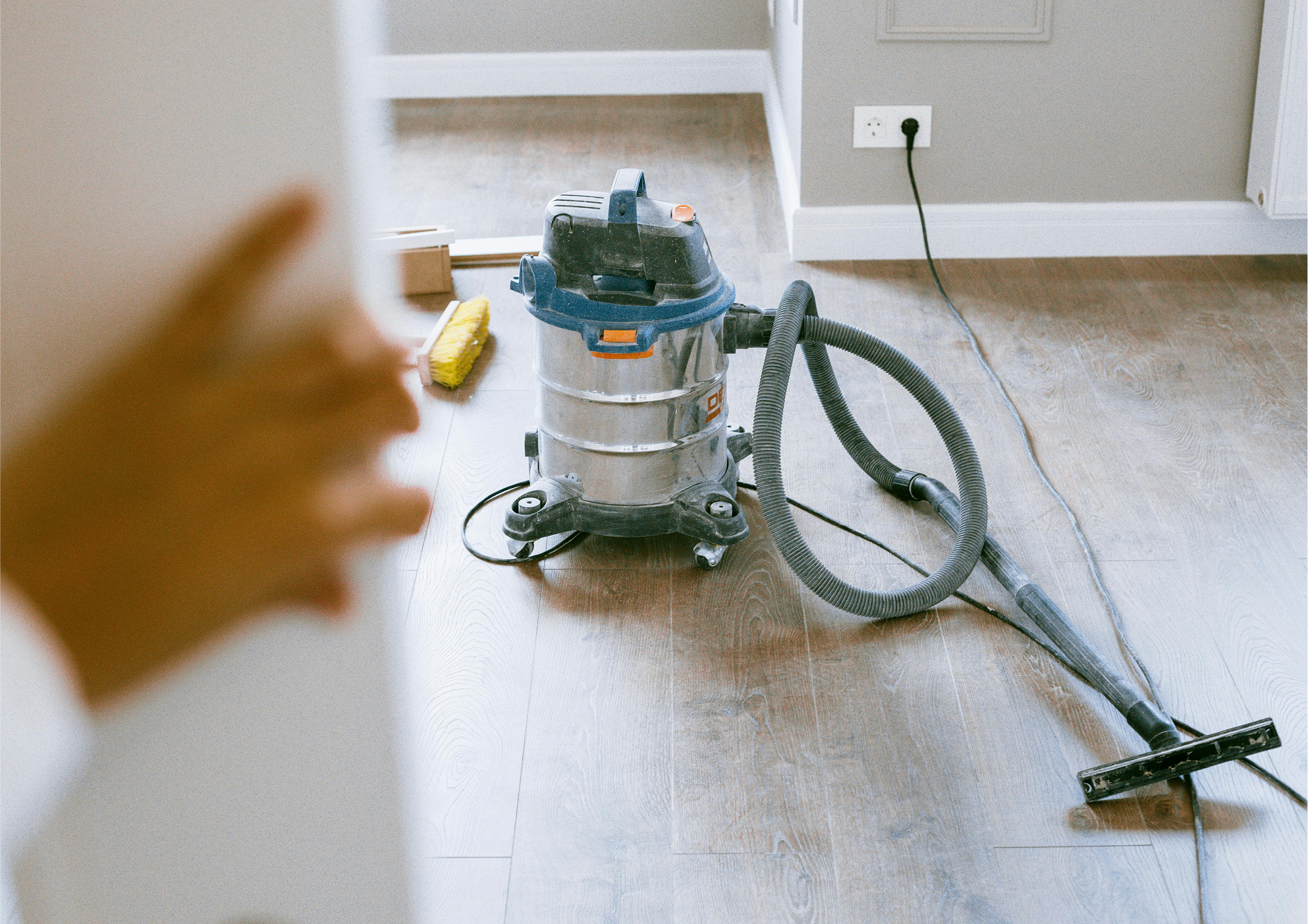
We get it — a neat bead of silicone can feel like the finishing touch on a beautiful floor. But when it comes to timber and hybrid flooring, caulking isn’t always your friend. In fact, using adhesive or sealant in the wrong way can lead to squeaking, cracking, peaking, or cupping and possibly void your warranty.
So before you reach for the caulking gun, let’s talk about when sealing is smart… and when it’s a flooring false step.
Floating Floors: Let Them Move or They’ll Let You Know
Floating floors are designed to expand and contract with changes in temperature and humidity. It’s part of their engineering — they need room to breathe. If you caulk them in or glue trims directly to the boards, you’re locking them down and asking for trouble.
What can go wrong?
- Squeaking: Boards rubbing against each other or trapped edges
- Cracking: Stress fractures from restricted movement
- Peaking & Board Deformation: Boards pushing upward at joins
And yes — all of these are real issues we’ve seen. If your floating floor is acting up and you’ve sealed it in like a submarine hatch, don’t panic. Just reach out to us at Sunstar Timber Flooring. We’ll help you assess the situation and find a solution — no judgment, just support.
Direct Stick Floors: Caulking Done RightIf your floor is direct stuck (glued down to the subfloor), you’ve got more flexibility — literally. In these cases, a flexible silicone bead can be a great way to finish transitions neatly and protect against moisture and dust.
Where it works well:
- Along walls and skirting boards
- Around kitchen cabinets and island bases
- At doorways or between different flooring types
Important: Caulking should only be done after the floor has fully settled — at least 24 hours after installation — to allow the adhesive to cure and the boards to acclimate. And always use a flexible silicone that moves with the floor, not against it.
Know Your Materials: Expansion Isn’t One-Size-Fits-All
Different flooring types behave differently:
- Timber expands when it cools or absorbs moisture — it’s hygroscopic, like a sponge with style.
- Polymer-based composites (like hybrid and LVT) expand when they heat up — think sunlit rooms or underfloor heating.
So if you’re installing near windows, kitchens, or anywhere with temperature swings, plan for movement. That means no rigid caulking, no squeezing boards into tight corners, and definitely no gluing trims to floating floors.
A Quick Word on Trims and SkirtingsFloating floor trims, skirtings, and scotia are designed to hide the expansion gap — not eliminate it. That gap is essential for your floor’s health and longevity. Never fill it with glue, sealant, or caulk, and never fix trims directly to the flooring. They should be attached to the wall or cabinetry, allowing the floor to move freely underneath.
Compromising the expansion gap is one of the fastest ways to cause peaking, squeaking, or worse and it’s not covered under warranty.
Need Help? We’ve Got You Covered
If your floor is squeaking, cracking, peaking, or cupping — and you suspect a caulking crime may have occurred — reach out to us at Sunstar Timber Flooring. We’re here to help, not to shame. Our team can assess the situation, offer solutions, and help you get your floor back to its best.
Explore Our Range
Whether you’re installing a floating floor or going direct stick, Sunstar Timber Flooring has a solution tailored to your space.
Browse our full collection online and use our RoomViewer to see how different floors look in your home. For in-person advice and product viewing, visit one of our trusted stockists, you can find your nearest location via our Stockist Page.
We’re here to help you make confident, inspired choices.
info@sunstarflooring.com.au Care Line: 1300 081 999